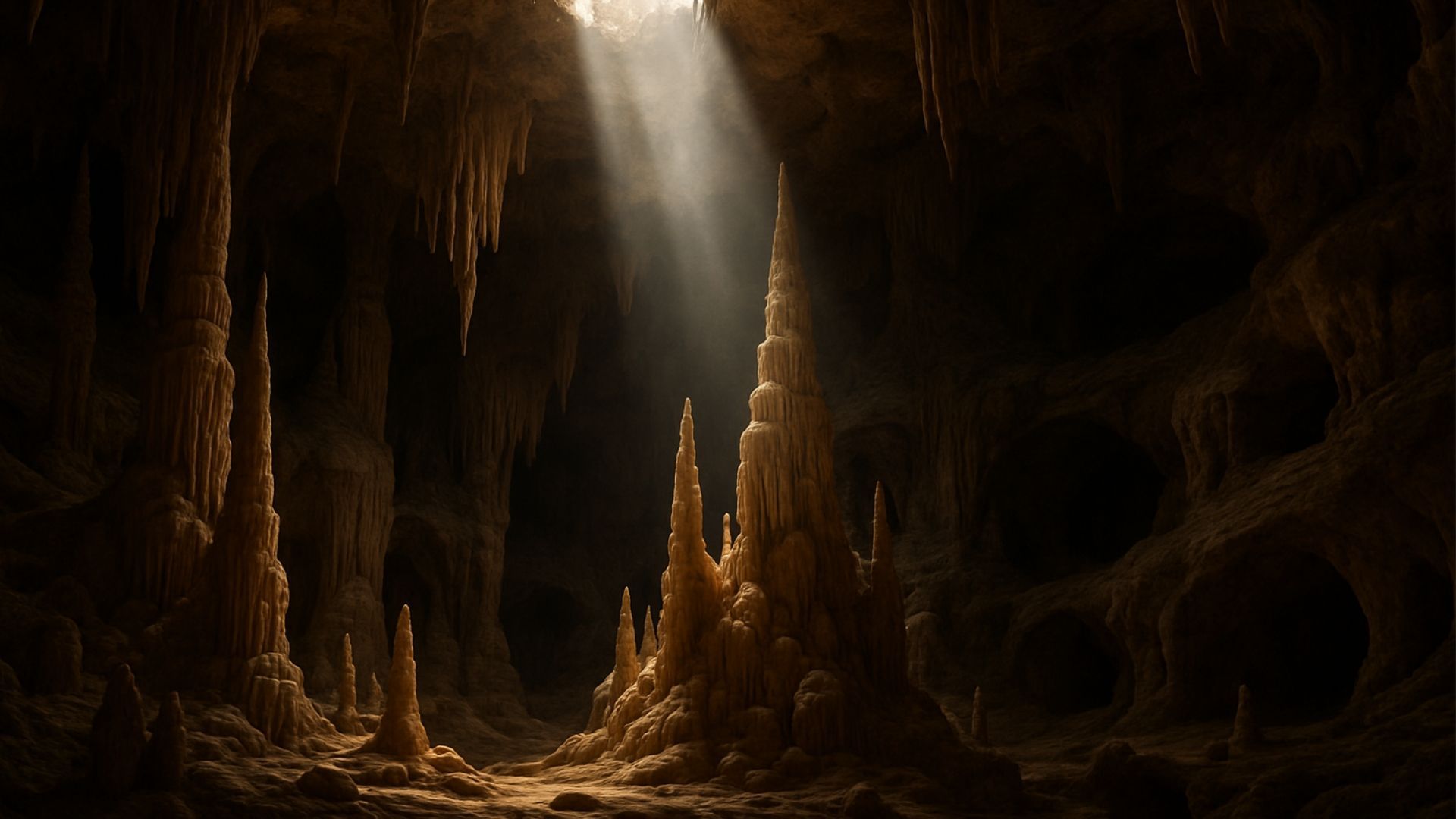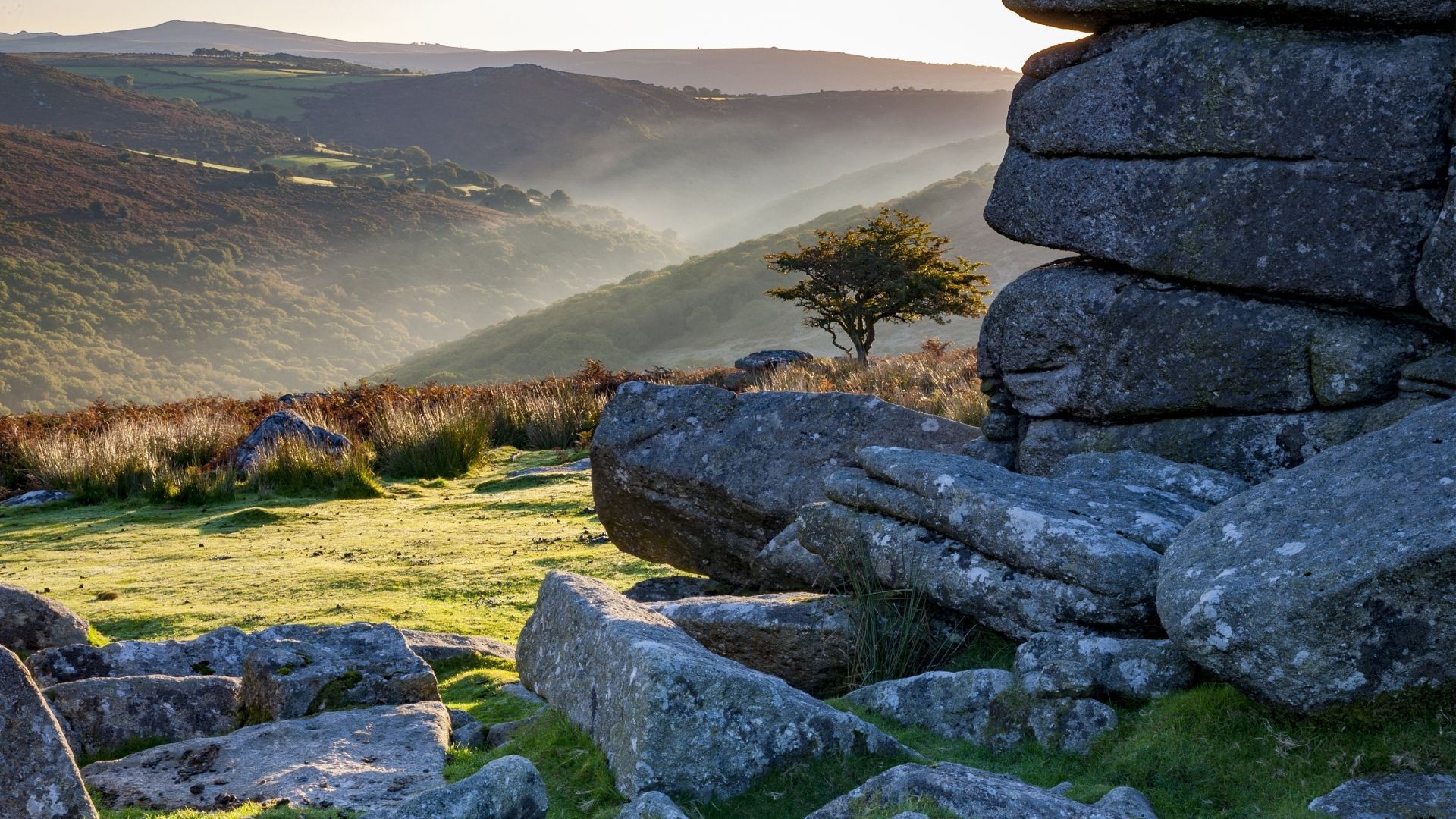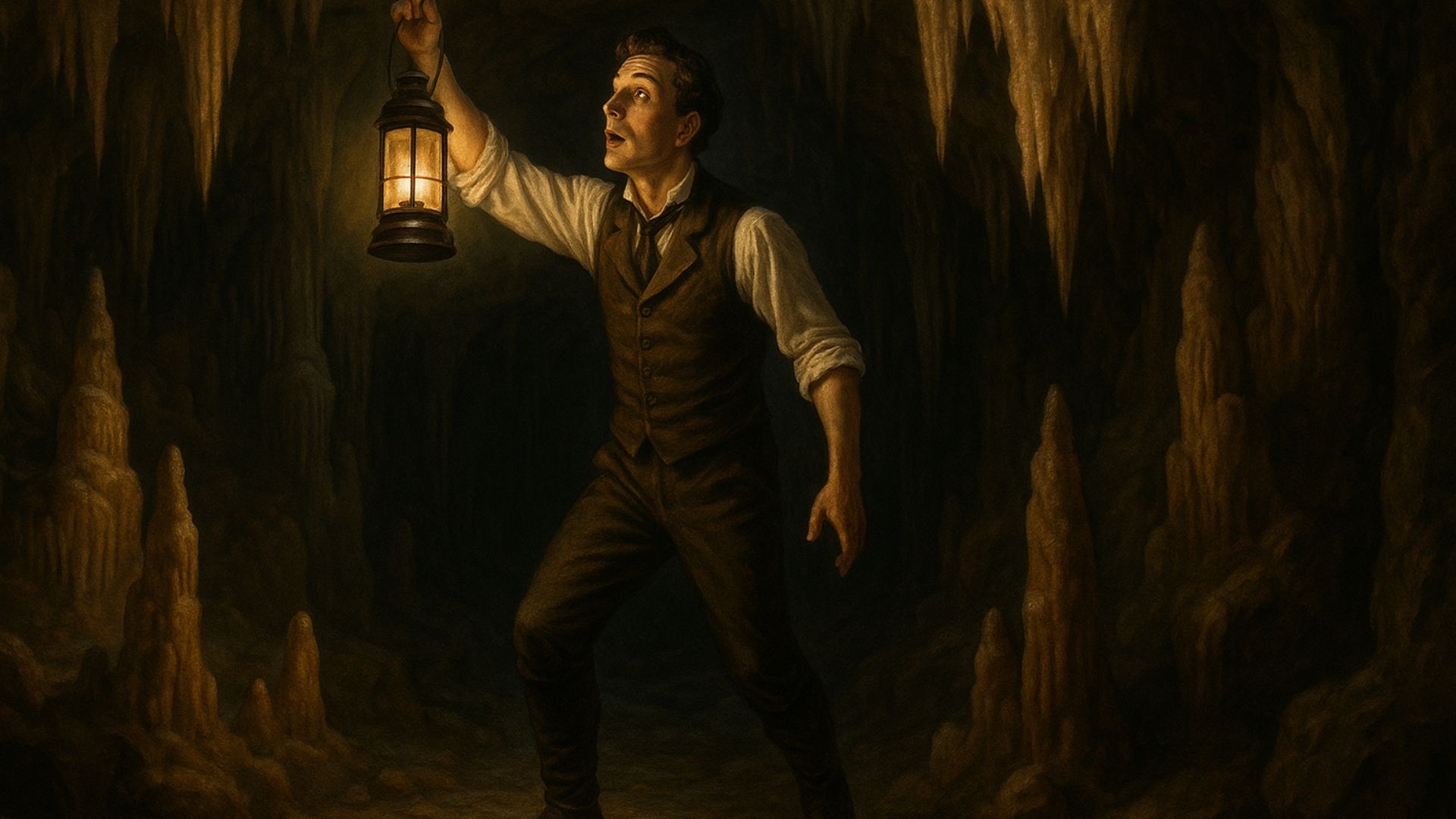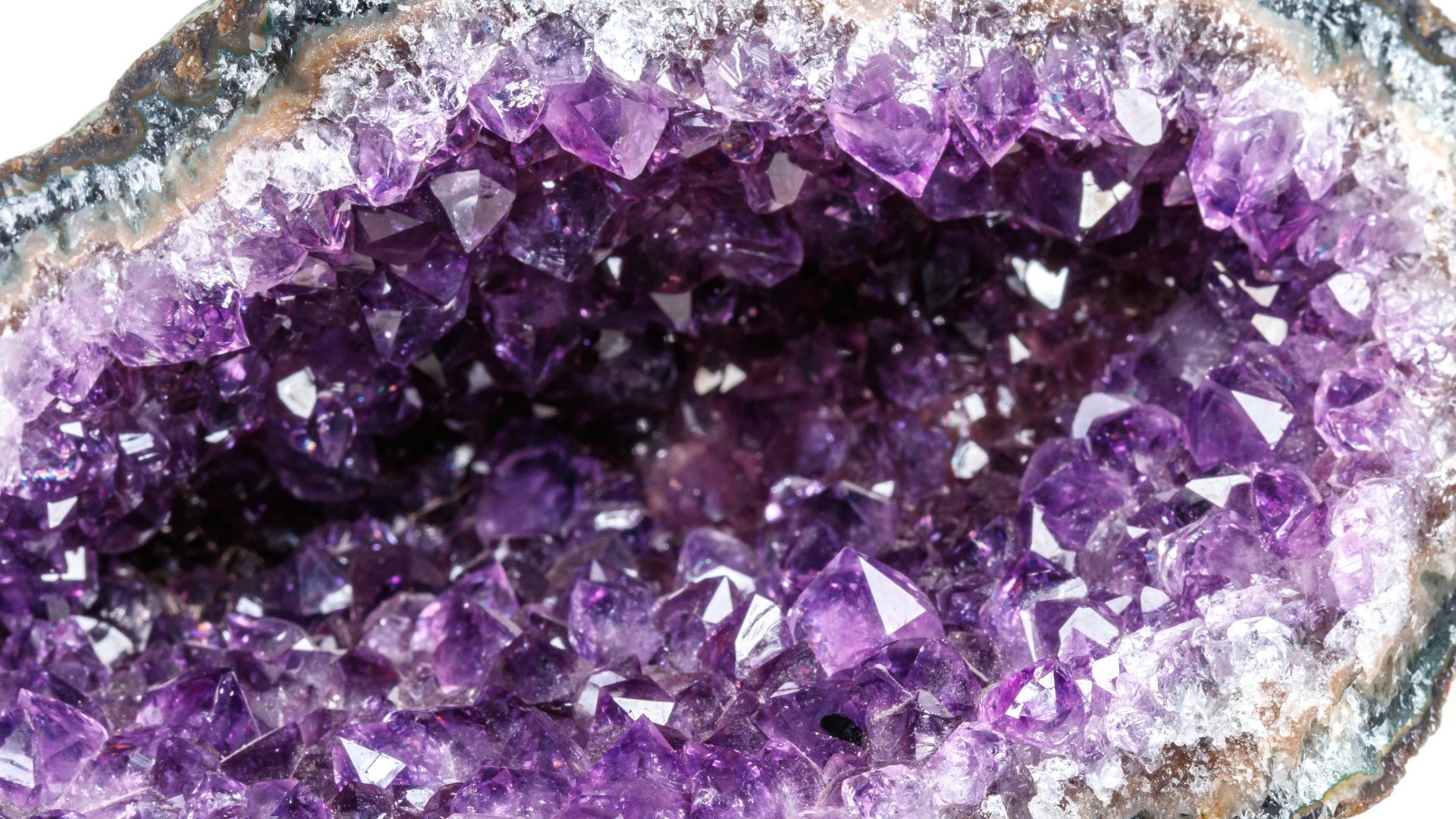What is cave art? Why did our ancestors create it? And where can you see it for yourself? Learn all the answers in our fascinating guide.

Art is all around us. Whether it's paintings on canvas or panoramic natural landscapes, we can find artistry almost anywhere.
We can even find it buried in the depths of the earth.
Yes – today, we're talking about cave art.
There are examples dotted around the globe, from the caves of Europe to the remote corners of Asia. And each site offers a unique glimpse into the stories and creativity of early human civilisations.
But what motivated our ancestors to create cave art? What tales were they telling? And what do these illustrations reveal about their culture and their lives?
Get ready to step back in time and witness the extraordinary artistry that has stood the test of centuries.
What is cave art?
Cave art is just what it sounds like: art daubed on the walls of caves.
But while this description paints a prosaic picture, the paintings themselves are anything but. To our modern minds, prehistoric cave art is like an ancient museum that tells stories about the people and their lives.

This form of art dates back to the Upper Paleolithic period, with examples found that date back more than 45,000 years. They often depict abstract symbols, human figures and animals – beasts such as bison, deer, mammoths and horses are frequently seen.
The artists would use natural pigments to paint or engrave their images on the rocks. They would even harness the way the walls curved to enhance their artwork.
Why did our ancestors create cave art?
Unfortunately, we can't ask our ancestors why they created the artwork they did. However, we can take a guess!
Some scholars argue that the art was created for ritual or spiritual reasons because most examples are found in deep, dark caves. This could suggest that early humans were trying to preserve their work – and they might have used those deep caverns as sacred spaces.
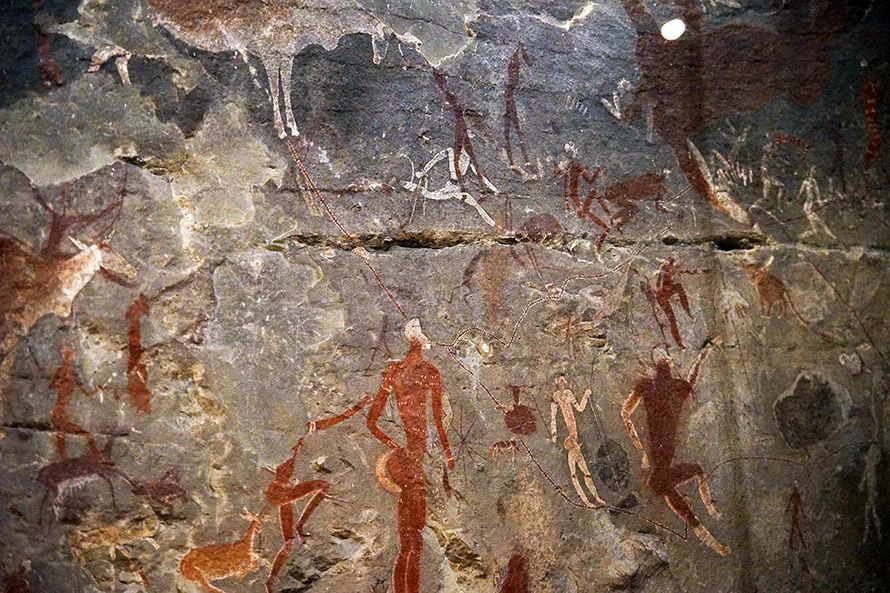
Others say that some art might have been used for communication in communities. According to this theory, the art conveyed information about hunting techniques, migration patterns of animals and important cultural narratives. (Yes – a little like a Stone Age instruction manual!)
Yet another theory is that the art was used to record important events, legends or myths. If this is true, the art would have served to pass down cultural knowledge from one generation to another.
Of course, it could have all been for self-expression. Cave art might simply be the Stone Age equivalent of a teenager putting posters up in their room.
Cave art from around the world
Lascaux, France
The cave art paintings in Lascaux are probably the best-known examples in the world.
In 1940, four adventurous boys and their dog discovered a series of cave paintings. These soon became a tourist attraction – but later had to be closed to the public to prevent decay and damage.

So in the 1960s, Lascaux 2.0 was created. This is a facsimile of the real site that allows visitors to enjoy the artwork without risking damage to the originals.
The paintings consist of horses, bulls and deer – as well as human and abstract signs. Thanks to the art's magnificence, Lascaux is often dubbed "The Sistine Chapel of Prehistory".
The paintings are also thought to be 15,000 to 17,000 years old.
Magura Cave, Bulgaria
Why does it smell so bad in this cave? Probably because it's been home to bats for millions of years!
And when humans came to inhabit the cave around 8,000 BCE, they created cave art with… yes – bat droppings!
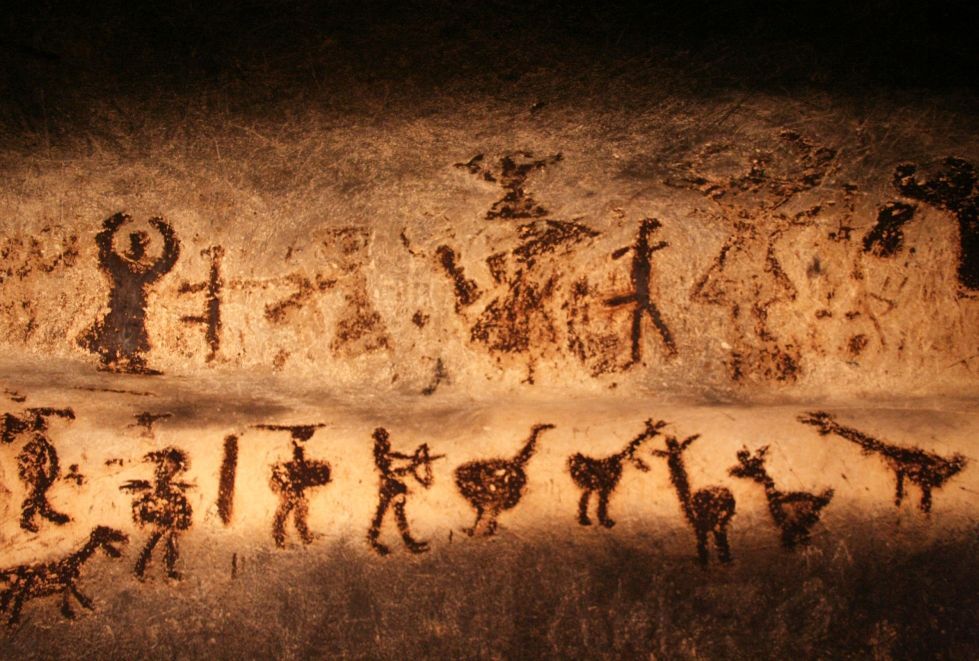
This amazing cave depicts pictures of human figures, animals and even a solar calendar. The cave also boasts wonderful displays of stalactites and stalagmites.
Bhimbetka Rock Shelters, India
The Bhimbetka Rock Shelters are a series of archaeological sites in India that date back to the Paleolithic and Mesolithic periods.
These caves show evidence of some of the earliest human settlements – and chart our ancestor's development from hunter-gatherers to agriculturalists with spiritual leanings.
Some of Bhimbetka's oldest pieces of cave art date back to 10,000 BCE. As well as depicting animals like elephants, they show people engaged in a range of activities: hunting, dancing, riding elephants and more.
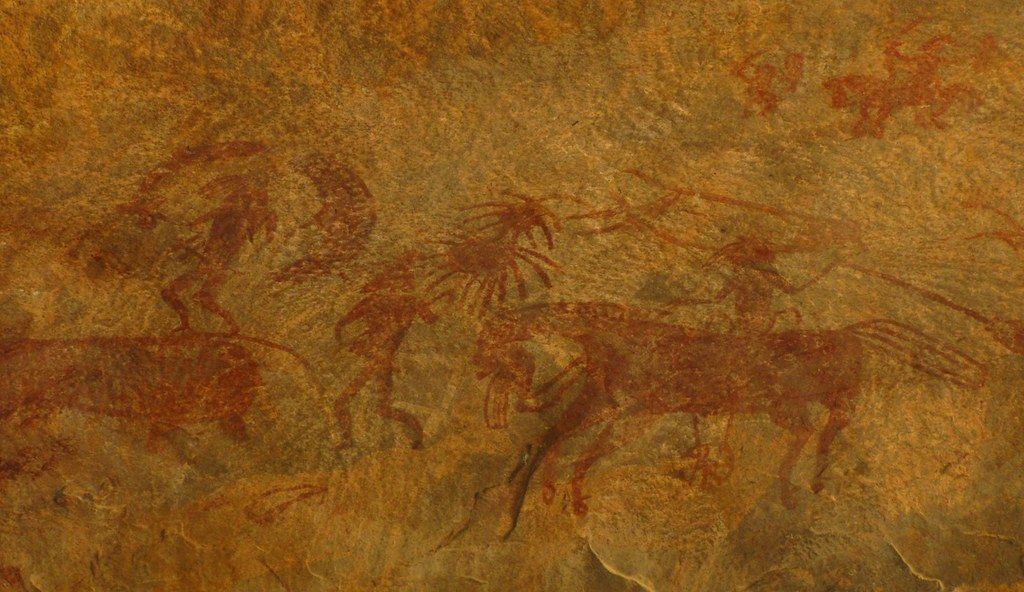
Of the numerous caves on this site, one stands out more than the others: the auditorium cave. Surrounded by quartz towers which are visible from seven kilometres away, the auditorium is the largest shelter at Bhimbetka and an incredible sight to see.
Cueva de las Manos, Argentina
Cueva de las Manos, or "the cave of hands" features a strange depiction of painted hands. How did our prehistoric ancestors achieve this?
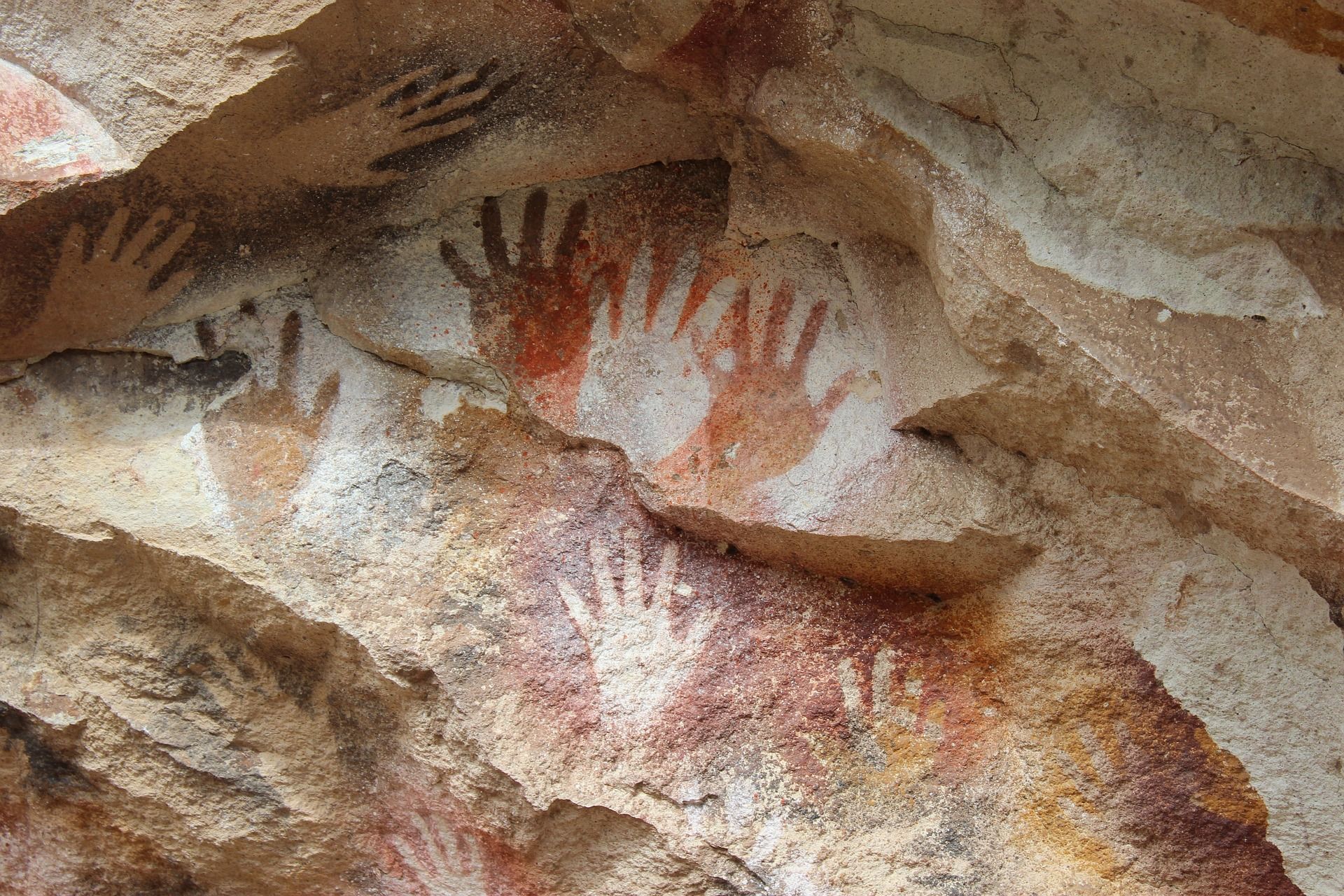
It's believed that, between 13,000 and 9,500 years ago, our ancestors created something called a "bone pipe." This was a hollowed piece of bird bone. An artist would hold their hand to the wall, then blow paint through the pipe to create a negative print of their palm and fingers.
This isn't the only thing these artists would paint, though. Symbols, hunting scenes and animals can also be found on the walls of this cave.
Tsodilo Hills, Botswana
In the northwest of Botswana, there's a special site that's home to around 400 rock art sites. Together, they boast more than 4,000 individual cave art paintings, some of which date back to 100,000 years ago. It's little wonder Tsodilo is known as "the Louvre of the desert".

The artwork was finger-painted. Artists would daub on the walls by hand, making shapes resembling cattle, geometric symbols and human figures. Some of these figures are painted with red paint, others with white paint.
The most surprising thing about these paintings is that they're widely different from neighbouring examples of cave art. They don't resemble the brushwork art of the San Bushmen or the white paintings of Bantu-speaking farmers. In fact, the identities of the Tsodilo artists are a complete mystery!
Discover a hidden world underground
Want to explore a cave system that's a little closer to home?
Unfortunately, most of these caves are hard to get to – and some require special permits to enter. But you're always welcome at Stump Cross Caverns.
Stump Cross is an ancient network of
caves in Yorkshire. It's a magical underground world, preserved for tens of thousands of years deep beneath the Yorkshire Dales.
We don't have any cave art – but we do have loads of amazing rock formations and some fascinating stories to tell. For instance, did you know that a
wolverine skull was discovered here in the 1980s? Or that a
local caver broke a world record for the longest time spent underground?
Fancy an underground adventure? It's easy to
book your tickets online.

